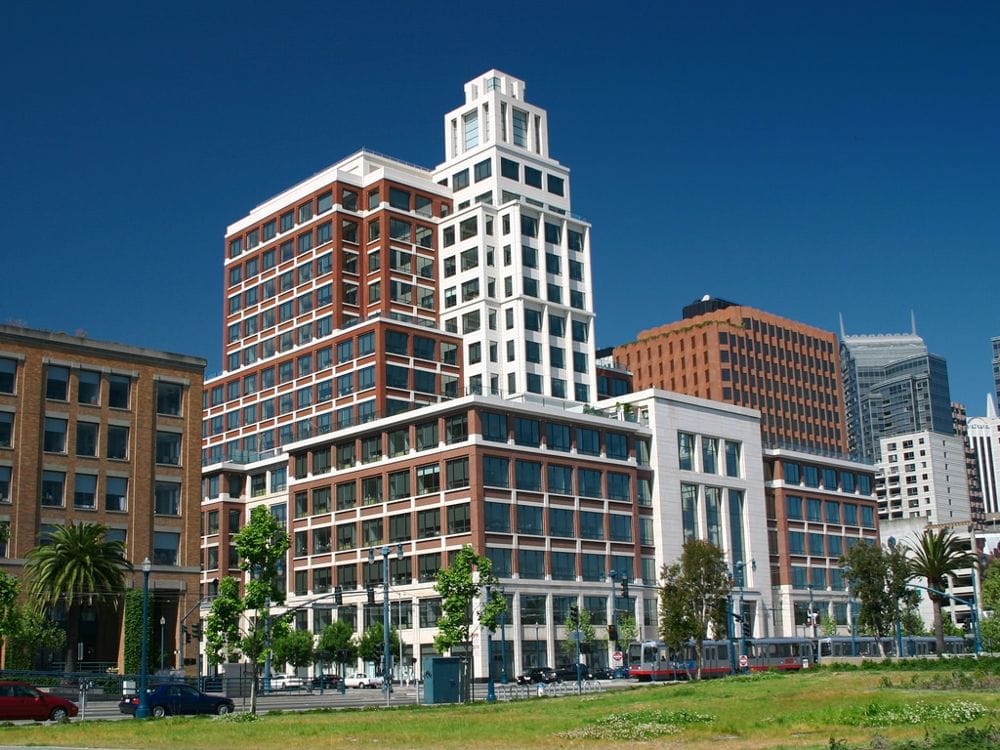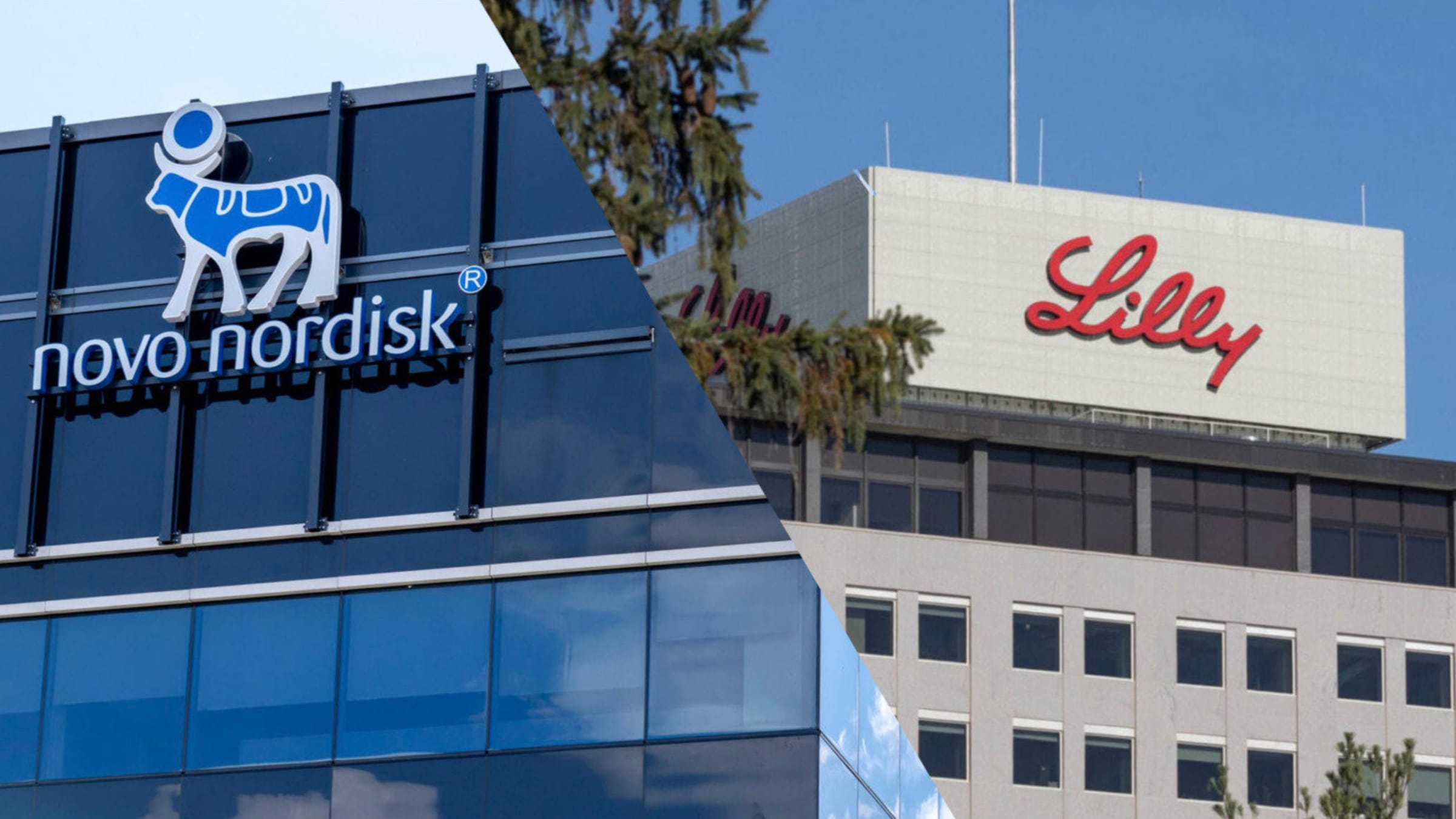In a significant turn of events for the retail sector, Gap Inc. has reported a steep decline in its share prices after announcing that rising tariffs will likely result in hundreds of millions of dollars in added costs. This news has sent ripples through the stock market, prompting investors to reevaluate their positions in the company. Analysts are closely watching how this development will influence Gap’s strategy and its operations moving forward.
The announcement came during a quarterly earnings call when Gap executives outlined their expected costs associated with tariffs on imported goods. The retailer highlighted that these tariff increases are primarily focused on goods manufactured in countries subject to new trade regulations, which include China. As a global retailer, Gap relies heavily on a wide range of products sourced from overseas, making it vulnerable to tariff hikes imposed by the U.S. government as part of its efforts to renegotiate trade agreements.
The specifics of the tariff costs were alarming for stakeholders. Gap indicated that the tariffs could ultimately push their operational expenses to unprecedented heights, which could force price adjustments on consumers. This potential price increase is seen as a cause for concern, as many retailers are already struggling to maintain profit margins in an increasingly competitive market.
In the wake of this announcement, Gap’s shares saw a significant decline, dropping sharply and causing concern among investors and stakeholders alike. This reduction in share value reflects heightened anxiety over the retailer’s financial health and its capacity to navigate the challenging landscape created by ongoing trade tensions. Such volatility is not limited to Gap; other retailers are also likely to feel the effects as they grapple with similar tariff-related challenges.
Financial analysts have speculated on the implications of this situation for Gap. Some argue that the retailer may need to reevaluate its business strategies and consider adjusting its supply chain to mitigate the impact of tariffs. This could involve sourcing more products from countries that are not facing similar tariff increases or revising pricing strategies in order to maintain profitability without alienating consumers.
The outlook for Gap, and indeed for many retailers heavily reliant on overseas manufacturing, remains uncertain. The company cited potential strategies to address the anticipated financial burden, including re-negotiating contracts with suppliers or reducing other operational costs. However, analysts remain skeptical about the feasibility of these solutions in the short term. The anticipated costs could influence Gap’s profitability in the upcoming fiscal quarters and whether the retailer can maintain its competitive edge amidst these challenges.
Additionally, consumers are becoming increasingly aware of the economic implications of tariffs. As prices rise, there is the potential for changes in purchasing behavior, which might further complicate the retailer’s situation. Often, consumers may seek alternatives or reduced spending, especially in discretionary categories where Gap operates. Retailers across the board are watching closely, as shifts in consumer spending habits could have broader consequences for the retail industry as a whole.
The response from the market indicates a growing wariness about the retail sector’s capacity to recover from these setbacks. Gap’s experience serves as a cautionary tale for other retailers that they must stay nimble and responsive to changing economic conditions. Strategic planning and adaptability will be critical as companies navigate the complexities of global trade policies and their local implications.
In addition to tariffs, Gap outlined other headwinds it faces as well, including shifts in consumer preferences, the rise of e-commerce, and the overall economic climate. The combination of these factors makes for a tumultuous retail environment, notably for those lacking a strong digital presence.
Going forward, stakeholders will keep a close eye on Gap’s actions in the coming months. How the company reacts to the financial challenges posed by tariffs may serve as a bellwether for other retailers facing similar uncertainties. Analysts will be evaluating Gap’s quarterly earnings reports and any strategic pivots that may occur in response to the board’s newfound emphasis on reducing costs and maintaining competitive pricing.
Ultimately, Gap’s recent tariff-related announcement highlights the ongoing complexities of operating in a global marketplace where trade policies can change rapidly. The potential consequences of tariffs add another layer of complexity to an already challenging retail environment, highlighting the importance of adaptive strategies within supply chains and pricing models. Stakeholders will be keenly observing the unfolding narrative at Gap as it seeks to weather these financial storm clouds and emerge with a sustainable approach in the years ahead.



